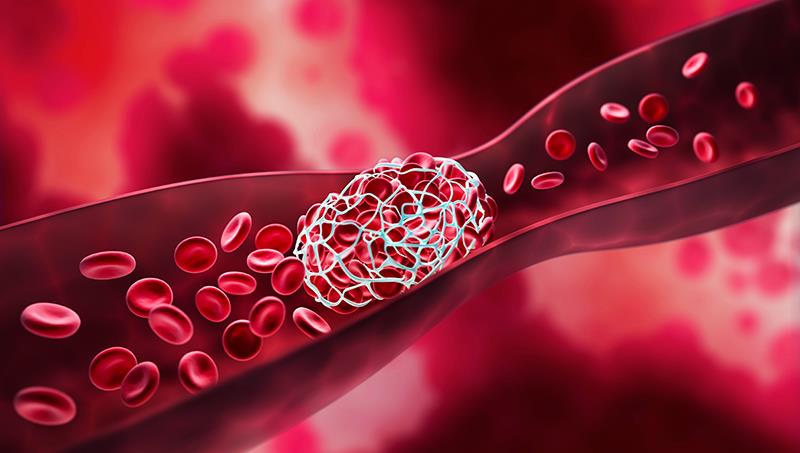Real-world data support DOACs over warfarin for VTE





The direct oral anticoagulants (DOACs) apixaban and rivaroxaban trump warfarin for the treatment of venous thromboembolism (VTE) in a retrospective observational analysis comprising real-world VTE patients from Finland, Norway, and Sweden.
“[In our study,] apixaban was associated with a lower risk of overall bleeding and bleeding across all sites compared with warfarin, while rivaroxaban was associated with a lower risk of overall and other bleeding, and a similar risk of gastrointestinal (GI) bleeding and intracranial haemorrhage (ICH) compared with warfarin,” said Dr Waleed Ghanima from the Institute of Clinical Medicine, University of Oslo in Norway, during his presentation at EHA 2024.
The risk of overall bleeding (a composite of GI bleeding, ICH, and other bleeding) was nearly halved with apixaban vs warfarin (hazard ratio [HR], 0.51). For the individual bleeding outcomes, the HRs were 0.65, 0.58, and 0.45 for GI bleeding, ICH, and other bleeding, respectively, in favour of apixaban. [EHA 2024, abstract S327]
In the comparison between rivaroxaban and warfarin, the former trumped the latter in terms of overall bleeding (HR, 0.86) and other bleeding (HR, 0.81). The risks of GI bleeding and ICH were similar between the study arms (HRs, 1.06 and 0.68, respectively).
Recurrent VTE
The risk of recurrent VTE was similar in patients who received apixaban (HR, 0.85) and lower with rivaroxaban (HR, 0.74) compared with warfarin.
“However, it was not feasible to distinguish recurrent VTE events and management of index VTE in the outpatient setting, therefore a strict inpatient-only definition of recurrent VTE was used,” Ghanima noted.
“This leads to a likely underestimation of the rate of recurrent VTE, resulting in underpowered comparisons. To our knowledge, in the Nordics, a large number of recurrent VTE events are diagnosed in the outpatient setting,” he explained.
Large real-world cohort
Ghanima and colleagues assessed patients with an inpatient or outpatient diagnosis code for VTE (deep vein thrombosis or pulmonary embolism) and anticoagulant use within 30 days of VTE between December 2012 and September 2018. The investigators used national patient diagnosis and prescription registries from Finland, Norway, and Sweden (n=60,943).
After inverse probability of treatment weighing (IPTW), the meta-analysed cohorts included 14,533 patients who received apixaban, 23,002 individuals who were on rivaroxaban, and 22,450 who were being treated with warfarin.
Across cohorts, mean age was 63–65 years and over half of the population were men. Participants were followed for 6 months after index date, patient death, outcome of interest, treatment discontinuation, or December 31, 2018.
The study consisted of a large cohort of participants using relatively high-quality nationwide data across three Nordic countries, and IPTW was utilized to adjust for potential confounders. However, Ghanima pointed out that residual and unmeasured confounding may still be possible despite IPTW.
The study was also not designed to allow for a comparison between the DOACs evaluated. “[Nonetheless, the] results align with trials demonstrating that DOACs provide a safer and at least equally effective treatment of VTE compared with warfarin,” Ghanima concluded.